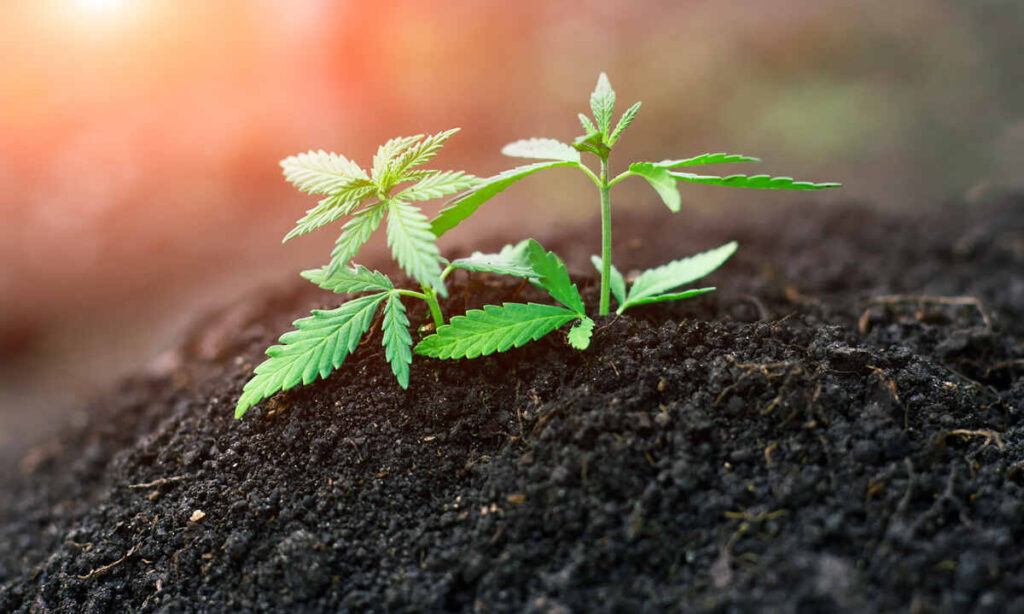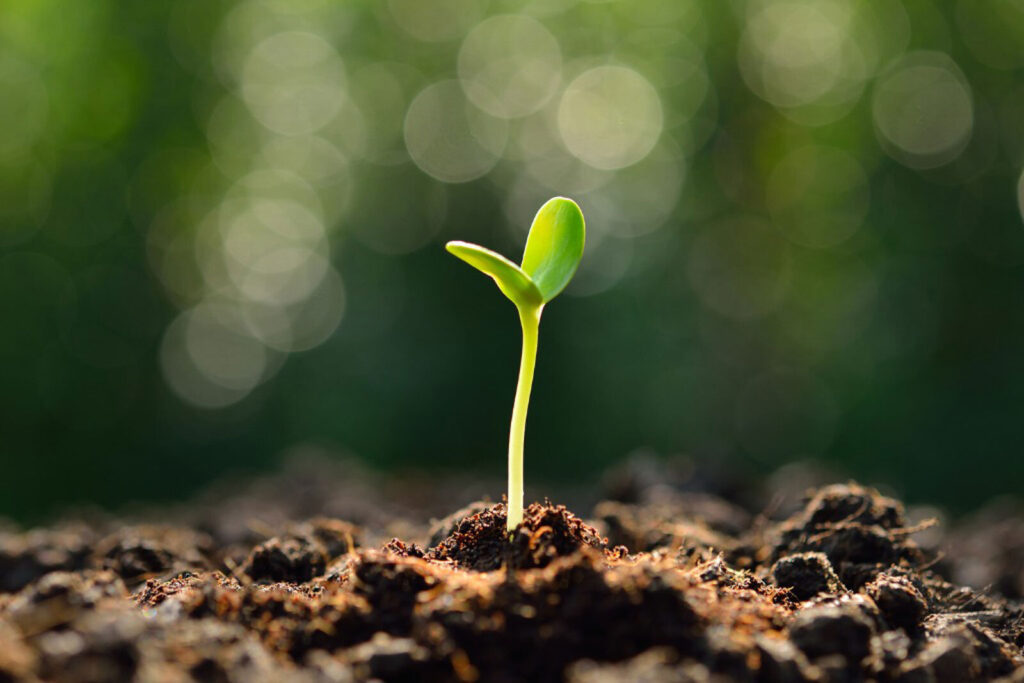Introduction:
Outdoor cultivation of cannabis offers numerous benefits, including ample space for plant growth, natural sunlight, and a more sustainable approach to farming. However, successful cultivation begins with proper soil preparation. The soil serves as the foundation for plant health, nutrient uptake, and overall yield. In this article, we’ll explore essential tips for preparing soil to optimize the growth and vitality of outdoor cannabis plants.
Understanding Soil Composition for Cannabis:
Cannabis plants thrive in well-draining, nutrient-rich soil with a balanced pH level. The ideal soil composition for cannabis cultivation includes a mix of organic matter, minerals, and beneficial microorganisms. Sandy loam or loamy soil types are preferred, as they provide good drainage while retaining moisture and nutrients.
Essential Soil Preparation Steps

Site Selection:
- Choose a location with ample sunlight, preferably receiving 6-8 hours of direct sunlight per day.
- Ensure the site offers adequate air circulation to prevent mold and mildew growth.
- Avoid areas prone to flooding or waterlogging, as excessive moisture can lead to root rot and other issues.
Soil Testing:
- Before planting, conduct a soil test to assess its pH level and nutrient content.
- Cannabis plants prefer a slightly acidic to neutral pH range of 6.0-7.0. Amend the soil as needed to achieve the optimal pH level.
- Soil testing kits are available at garden centers or through agricultural extension services.
Soil Amendments:
- Incorporate organic matter such as compost, aged manure, or leaf mold to improve soil structure and fertility.
- Add amendments like perlite or vermiculite to enhance drainage and aeration, especially in heavy clay soils.
- Consider supplementing with natural fertilizers rich in nitrogen, phosphorus, and potassium to provide essential nutrients for plant growth.
Tilling and Mixing:
- Use a rototiller or garden fork to loosen the soil to a depth of at least 12-18 inches.
- Mix in amendments thoroughly to ensure uniform distribution throughout the soil profile.
- Avoid over-tilling, as excessive disturbance can disrupt soil structure and beneficial microbial activity.
Cover Cropping and Mulching:
- Consider planting cover crops like clover or alfalfa to improve soil fertility, suppress weeds, and prevent erosion.
- Mulch the soil surface with organic materials such as straw, wood chips, or shredded leaves to conserve moisture, regulate temperature, and suppress weed growth.
Watering and Conditioning:
- Prior to planting, thoroughly water the soil to achieve optimal moisture levels.
- Allow the soil to settle for a few days before planting to ensure proper hydration and conditioning.
- Monitor soil moisture throughout the growing season and adjust watering frequency as needed to maintain optimal hydration levels for plant growth.
Companion Planting and Pest Management:
- Consider companion planting with beneficial herbs or flowers to attract pollinators, repel pests, and enhance biodiversity in the garden.
- Implement integrated pest management (IPM) strategies to control common pests and diseases, reducing the need for chemical pesticides that can harm beneficial soil organisms.
Seasonal Maintenance:
- As the growing season progresses, periodically check soil moisture, pH levels, and nutrient status to ensure optimal growing conditions.
- Top-dress the soil with compost or organic fertilizers as needed to replenish nutrients and support plant health.
- Rotate crops annually to prevent soil depletion and minimize pest and disease pressure.
Conclusion:
Proper soil preparation is essential for successful outdoor cannabis cultivation. By selecting a suitable site, conducting soil tests, amending the soil with organic matter and nutrients, and implementing sustainable gardening practices, growers can create an optimal environment for robust plant growth and high-quality yields. With attention to soil health and ongoing maintenance, outdoor cannabis cultivation can be a rewarding and sustainable endeavor for enthusiasts and commercial growers alike.

